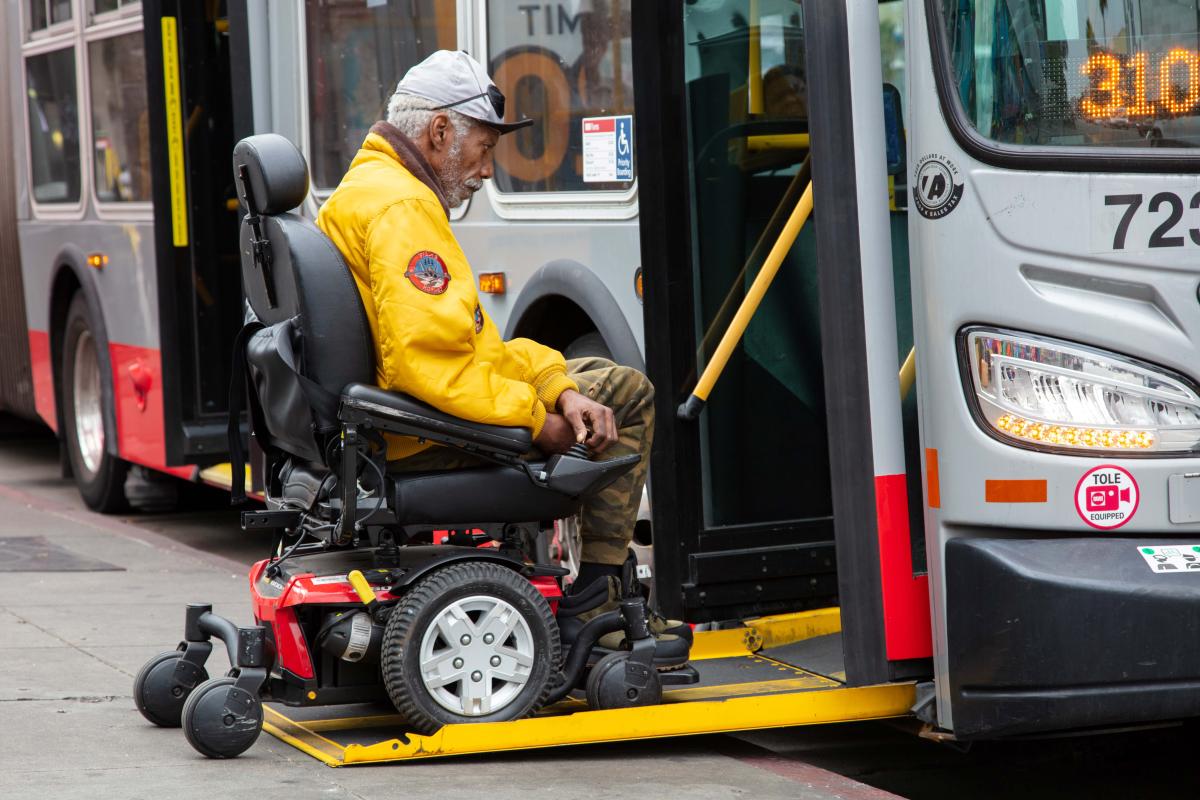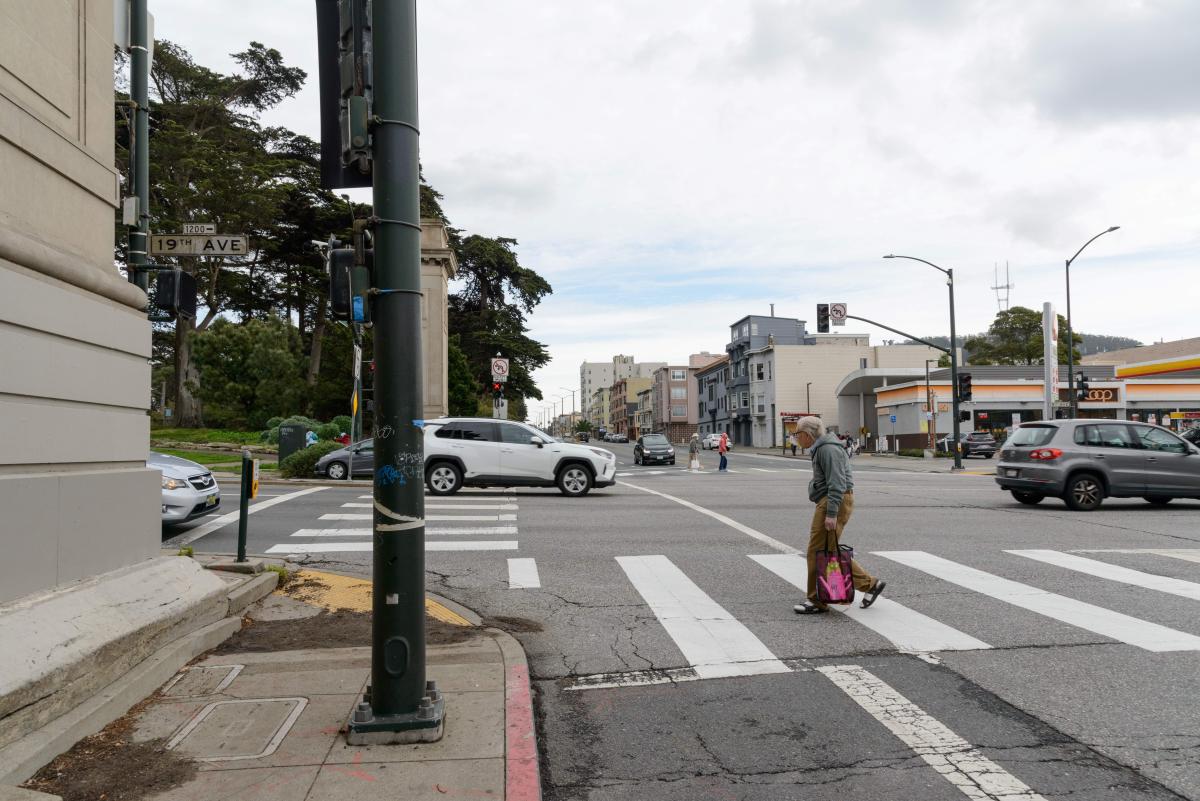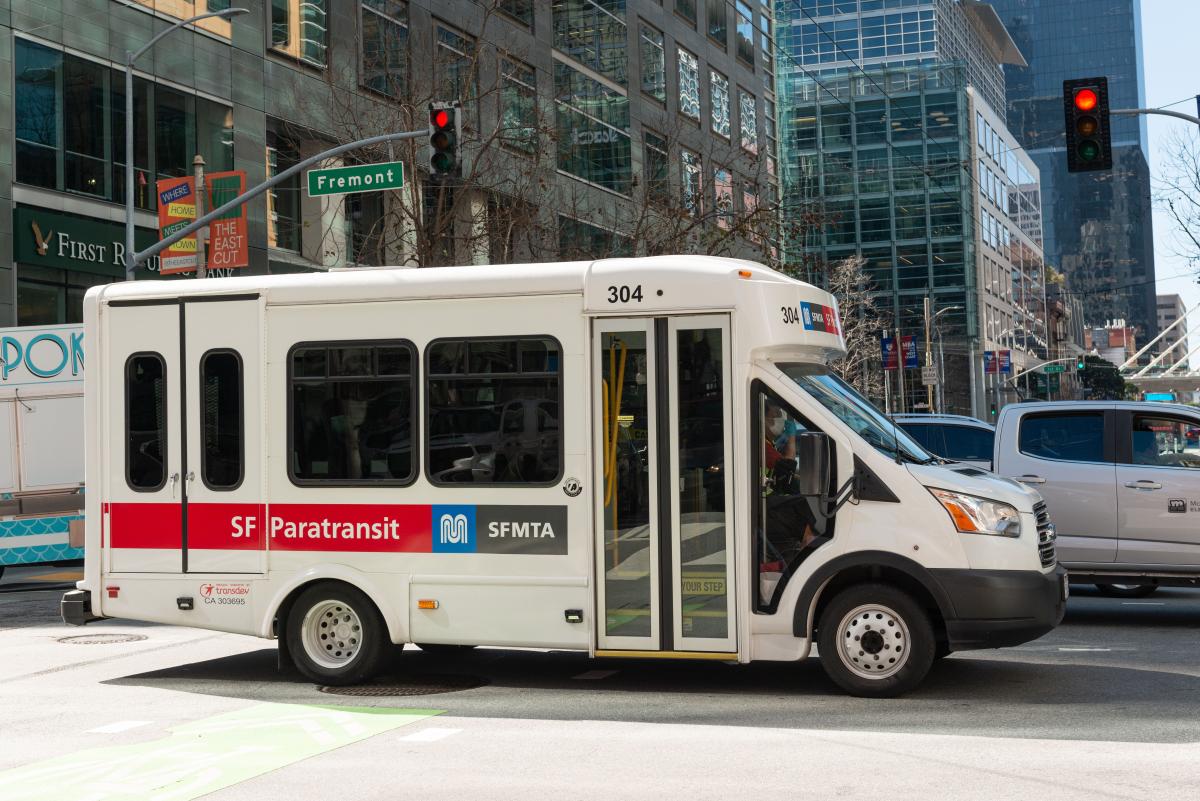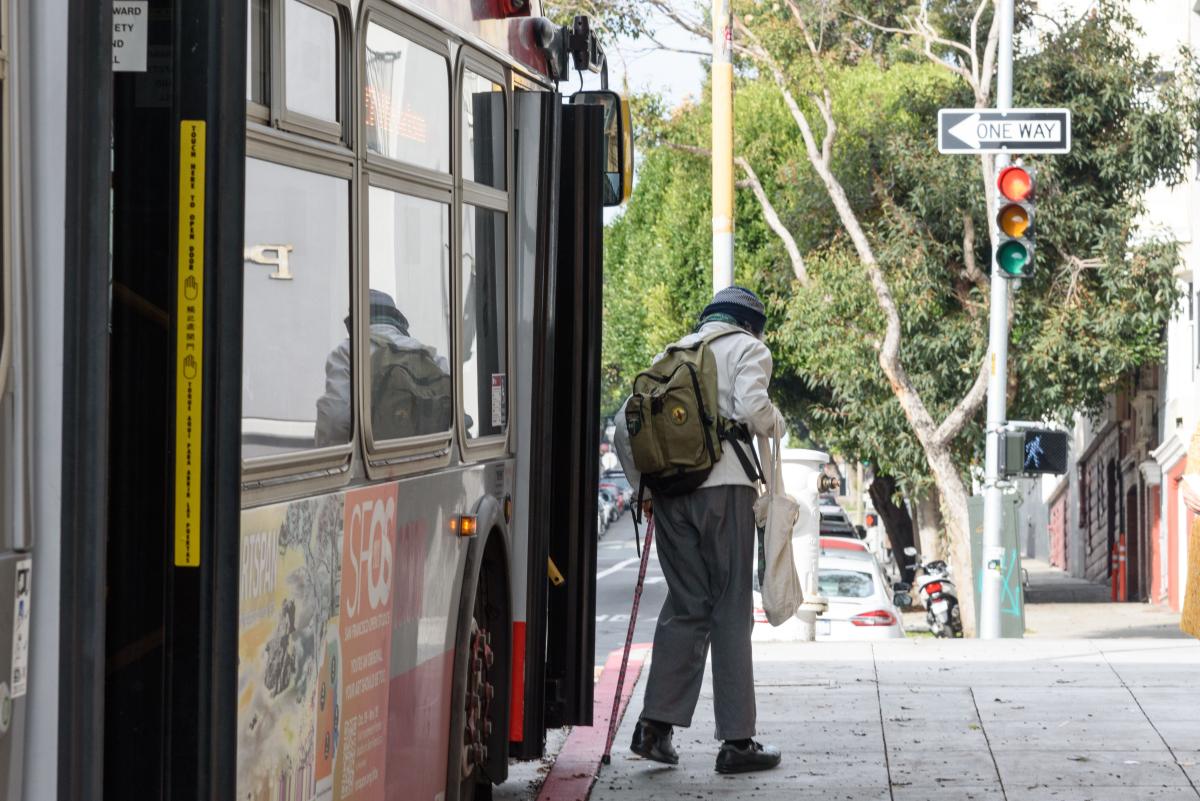
We're proud of the steps we’ve taken so far, but we’re determined to make improvements around accessibility.
We're working to make our system more accessible, and we'd like to hear from you before we take next steps.
Consider spending a few minutes to complete our Accessible Transportation Needs Assessment Survey. It's open through Dec. 13, 2024.
With your help, we can make sure our system keeps working for everyone. That includes visitors and residents, especially seniors and people with disabilities.
In the survey, we ask you to rank different needs we could address to improve accessibility. We identified them by carrying out extensive research and outreach. Focus areas span our streets, Muni service, paratransit options and more. We compiled the full list of needs in our first Accessibility Strategy Needs Assessment.
Read on to learn key findings from the assessment. We hope this will make it easier for you to rank options in our survey.
We'll also cover other ways you can help shape our goals and actions around accessibility.
What we found: key takeaways from the assessment
Our research revealed hundreds of ways we can continue to design the transportation system with a focus on accessibility. Some of the key findings are below. For the full list of needs, you can check out our Accessibility Strategy Needs Assessment.

Nearly one quarter of San Francisco’s population is comprised of seniors and people with disabilities.
Streets
Needs identified to continue improving the accessibility of streets projects include:
- Consistent accessibility guidance on streets projects
- Multi-agency project coordination among city and state agencies governing public rights of way
- Flexible and responsive safety improvements, utilizing our Quick-Build program
- Accessible pedestrian signals
- Ensure private passenger services, cycling and scooter programs are adapted for seniors and people with disabilities
Muni
Needs identified to continue improving the accessibility of Muni include:
- Ensure that Muni vehicles, elevators, escalators, surface rail stops and signage and wayfinding are accessible.
- Improve bus shelters and flag stops to ensure they are accessible.
- Plan Muni service to address issues like crowding and stop spacing to support more accessible transit for seniors and people with disabilities.
- Keep Muni affordable.
- Train operators based on community feedback.

The survey will help us improve the SFMTA’s Paratransit van and taxi services.
Paratransit and Mobility Management
Needs identified to continue improving paratransit and mobility management include:
- Electric paratransit vehicles
- Permanent paratransit facility
- Continue to provide cost-effective alternatives to traditional van service
- Fare assistance for paratransit riders who struggle to pay fares
- Clipper Card payment options for paratransit services
- Operational needs include:
- Coordination with regional organizations to make it easier for riders to travel in the region
- Improved eligibility and enrollment processes
- Online scheduling and payment
Taxis
Needs identified to continue improving the accessibility of taxis include:
- Accessible taxi stands
- Ramp taxi availability
- Ensure that the SFMTA continues focusing on accessible taxi services, policies and programs
Importance of the Needs Assessment
Seniors and people with disabilities make up almost one quarter of San Francisco’s population. That’s nearly one in every four people.
Accessibility informs everything the SFMTA does, including:
- How we allocate funding for the design of streets and of our transit vehicles
- How we plan Muni service
- How we ensure micromobility is accessible
- How we ensure Muni is affordable for all
- How we deliver service through the SF Paratransit program, vans and taxis
To make sure we fulfill our mission of a transportation network accessible to everyone, we need to study how the system is working now. We also need to consider what remains to be done.
To this end, we catalogued our present successes and challenges in the Accessibility Strategy Needs Assessment.
To carry out the assessment, we evaluated performance data, including on-time performance metrics.
The report is also based on extensive community outreach, engagement and planning. Examples include customer survey responses and workshop findings.
Finally, the assessment leverages institutional knowledge, such as citywide taskforce recommendations and staff interviews.

Your feedback will help us make the city’s transportation network more accessible.
How to get involved
- Website: To make this information easily accessible, we have created the Accessible Transportation Needs Assessment website. This platform allows the public to explore the assessment and participate in a survey to help prioritize which needs should be addressed. We will also be conducting outreach, including a media campaign, to educate the public about this work and encourage people to take the survey.
- Survey details: The Needs Assessment Survey is available in multiple languages and will be live through Dec. 13, 2024. The results of the survey will help us understand which areas to focus on. This way, we can develop goals and actions for improving accessibility in the next five years.
- Find us at events: Keep an eye out for us at community events this fall. We will have tablets on hand to help people complete the survey and will be able to answer any questions. Visit the main project page for the Accessibility Strategy for an updated list of where you can find us.
- Request a briefing: Interested in having someone share an overview of the assessment with your group? Need help understanding how to complete the survey? Email us at AccessibilityStrategy@SFMTA.com and we will coordinate to meet your needs.
- Spread the word: An accessible transportation network benefits all San Franciscans and visitors. Encourage your friends and network to check out the website and take the survey. The more we know, the better our transportation network will be.